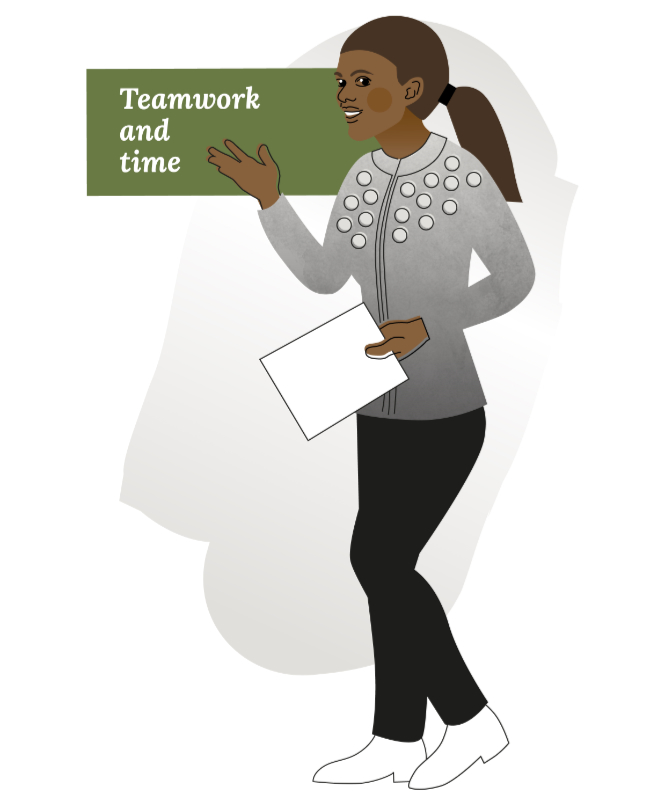“What is important in teacher collaboration” I ask, and the answer I most often get from teachers, no matter where they are, is “time”. It seems to be the tendency all around the world that teachers are given more and more work and they are not given any more time.
According to Gregory and Kuzmich “Teachers often say they need more time to talk with colleagues, but fewer than half (46%) say their overall professional development often or very often promotes collaboration”. It’s vitally important that you find a common time to see each other face-to-face and can concentrate on the task at hand, without interruptions.
But, it’s not just time that helps the collaboration, teamwork is needed also. The reason I chose teamwork as one of the principles of collaboration is, that people often think that if you work as a group, you work as a team. But it’s not as simple as that.
Actually, all of the principles I mention on this web site promote teamwork and collaboration, but I still I want you to focus on team building and interdependence. When there is not that much time at hand to get to know each other, the more important it is to remember the team and the atmosphere. Positive interdependence is the heart of collaboration and teacher teams. Teachers create the feeling that they are all responsible for the learning and well-being of the students. They realize that to do this, they have to combine their skills, expertise, knowledge and resources.

Here is one time management handout I found for you, and also two team building games to try with your team.


